Data Interpretation from Telescopes - Cosmic Data Insight
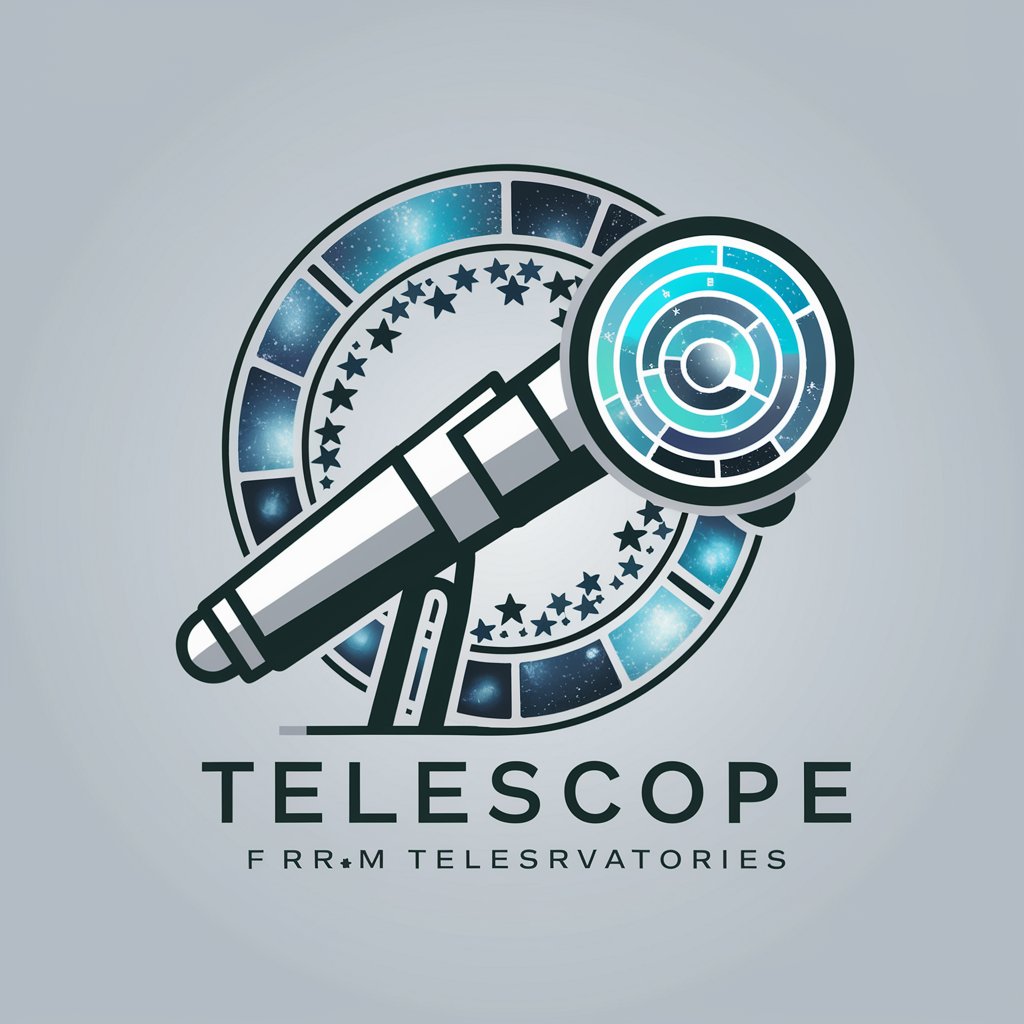
Welcome! Let's explore and interpret the universe together.
Unlocking the Secrets of the Cosmos with AI
Analyze the latest data from the James Webb Space Telescope...
Interpret the spectral data from a distant exoplanet...
Identify patterns in the light curves of variable stars...
Explain the significance of recent observations of a distant galaxy cluster...
Get Embed Code
Understanding Data Interpretation from Telescopes
Data Interpretation from Telescopes is a specialized tool designed to analyze and interpret the vast amount of data generated by space telescopes and observatories. This tool is crafted to decipher complex astronomical data, transforming raw observations into comprehensible insights. These observations can range from electromagnetic spectra across various wavelengths, gravitational wave data, to particle detection from cosmic phenomena. An example of its application includes analyzing light curves from distant stars to identify exoplanets. By examining the minute dimming of a star's light as a planet transits in front of it, this tool helps in discerning the planet's size, orbital period, and potential habitability. Another scenario involves the interpretation of spectral data to understand the composition, temperature, and movement of celestial bodies, aiding in the study of stellar life cycles, galactic evolution, and the distribution of dark matter in the universe. Powered by ChatGPT-4o。

Core Functions and Applications
Analysis of Electromagnetic Spectrum Data
Example
Decoding the chemical composition of a nebula by examining its emission lines.
Scenario
Astronomers receive spectral data showing various emission lines from a distant nebula. Using this tool, they can determine the presence of elements like hydrogen, helium, and oxygen, shedding light on star formation processes within the nebula.
Exoplanet Discovery and Characterization
Example
Identifying exoplanets through transit photometry.
Scenario
When a telescope detects periodic dips in a star's brightness, this tool analyzes the light curves to confirm the existence of an exoplanet, estimate its size, and infer its orbit. This information is crucial for assessing the planet's potential habitability and for future observation strategies.
Galactic Structure and Evolution
Example
Mapping dark matter distribution using gravitational lensing data.
Scenario
Telescopes capture images of distant galaxies that appear distorted due to the gravitational influence of dark matter. By interpreting this data, astronomers can map the distribution of dark matter in galaxy clusters, enhancing our understanding of cosmic structure and the universe's expansion.
Target User Groups
Academic Researchers
Scholars and scientists in astronomy and astrophysics who require deep analysis of observational data for their research projects. They benefit from the tool's ability to transform complex data into actionable scientific insights, facilitating discoveries in cosmic phenomena and theoretical advancements.
Educational Institutions
Teachers and students at various educational levels can use this tool to integrate real astronomical data into learning and research projects, making abstract concepts tangible and fostering a practical understanding of the universe.
Amateur Astronomers
Enthusiasts who, with the aid of this tool, can engage more deeply with their hobby by interpreting professional-grade astronomical data. This allows them to contribute to citizen science projects or simply enhance their personal understanding and appreciation of the night sky.

How to Use Data Interpretation from Telescopes
Start Free Trial
Begin by accessing a free trial at yeschat.ai, no registration or ChatGPT Plus subscription required.
Gather Data
Compile your astronomical data or images from telescopes to be analyzed. This could include spectral data, light curves, or high-resolution imagery.
Query Formulation
Formulate specific questions or objectives for the data analysis. This might involve identifying celestial objects, analyzing cosmic events, or studying spatial distributions.
Interpretation Request
Submit your data along with your formulated questions to the tool. Utilize the provided text box for detailed descriptions to ensure precise analysis.
Review Insights
Analyze the interpreted data provided by the tool. Use these insights for research, education, or further astronomical exploration.
Try other advanced and practical GPTs
ua -> english
Seamless Ukrainian to English translations, powered by AI.

ENGLISH PROF
Seamless French-to-English translations, powered by AI

English
Enhance Your English with AI

english
Elevate Your English with AI Insight

English-Hungarian/Hungarian-English
Bridging Languages, Cultures, and Contexts

English Coach
Elevate Your English with AI

AstroExplorer GPT
Exploring the cosmos with AI-powered precision
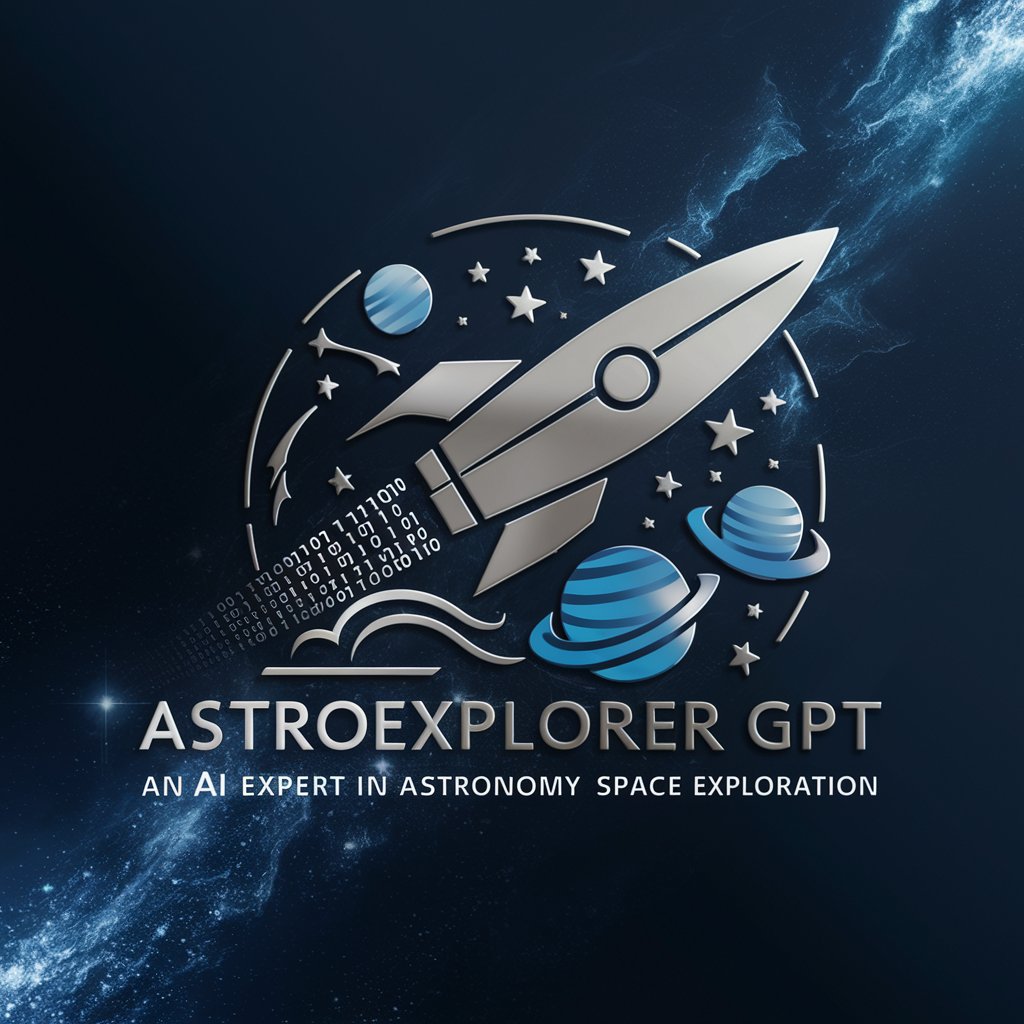
Astronomer
Your AI-powered stargazing partner

Telescope Advisor
Guiding Your Journey Through the Stars
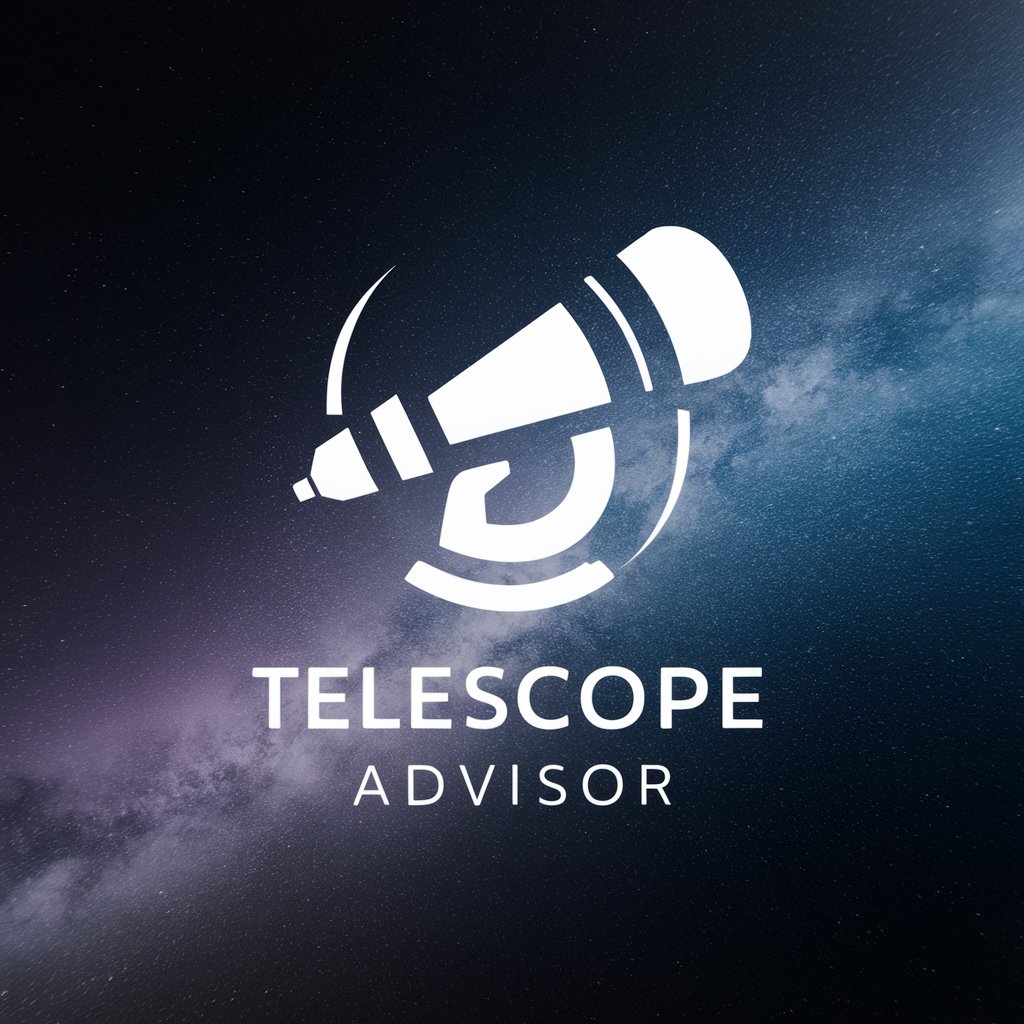
Hubble Highlights
Exploring the Universe with AI

Stellar Guide
Navigate the stars with AI precision.
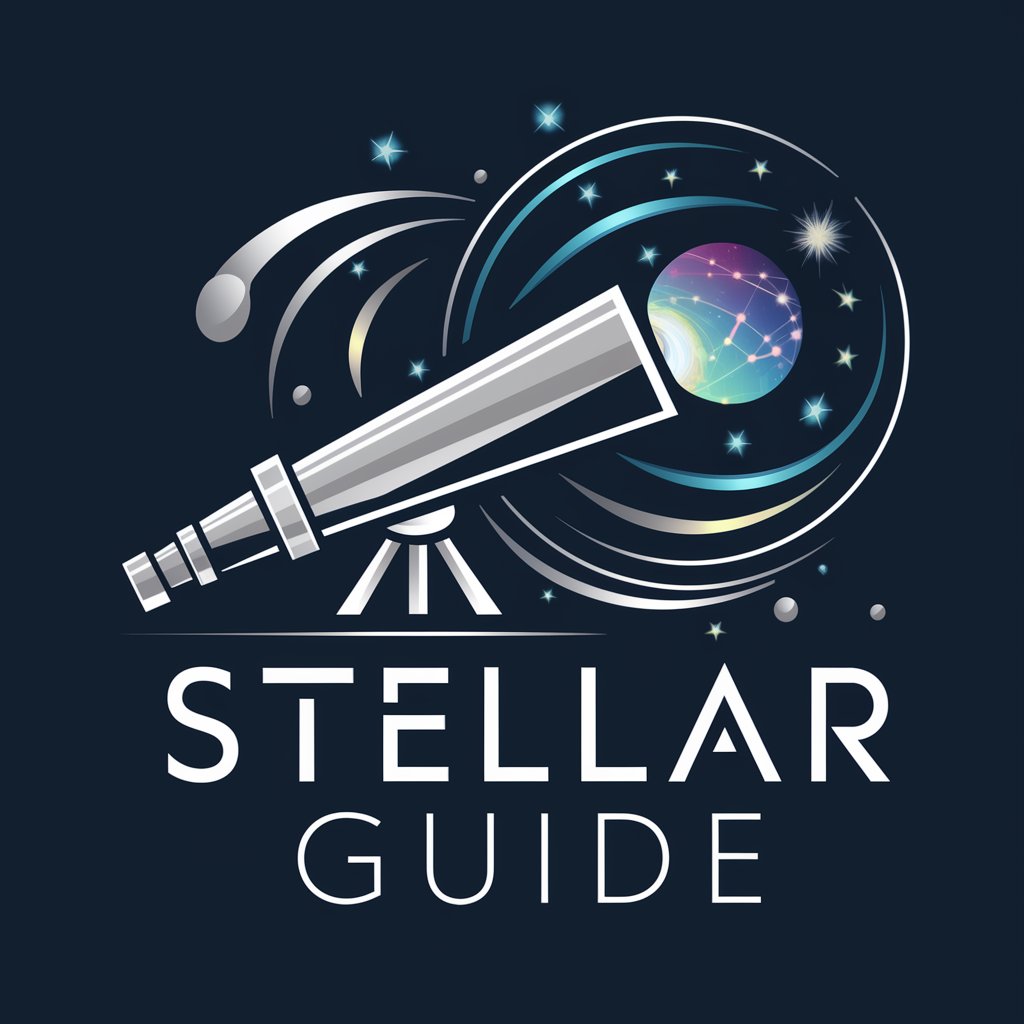
RadioScope Writer
Unlocking the Universe with AI-Powered Insights on Radio Telescopes
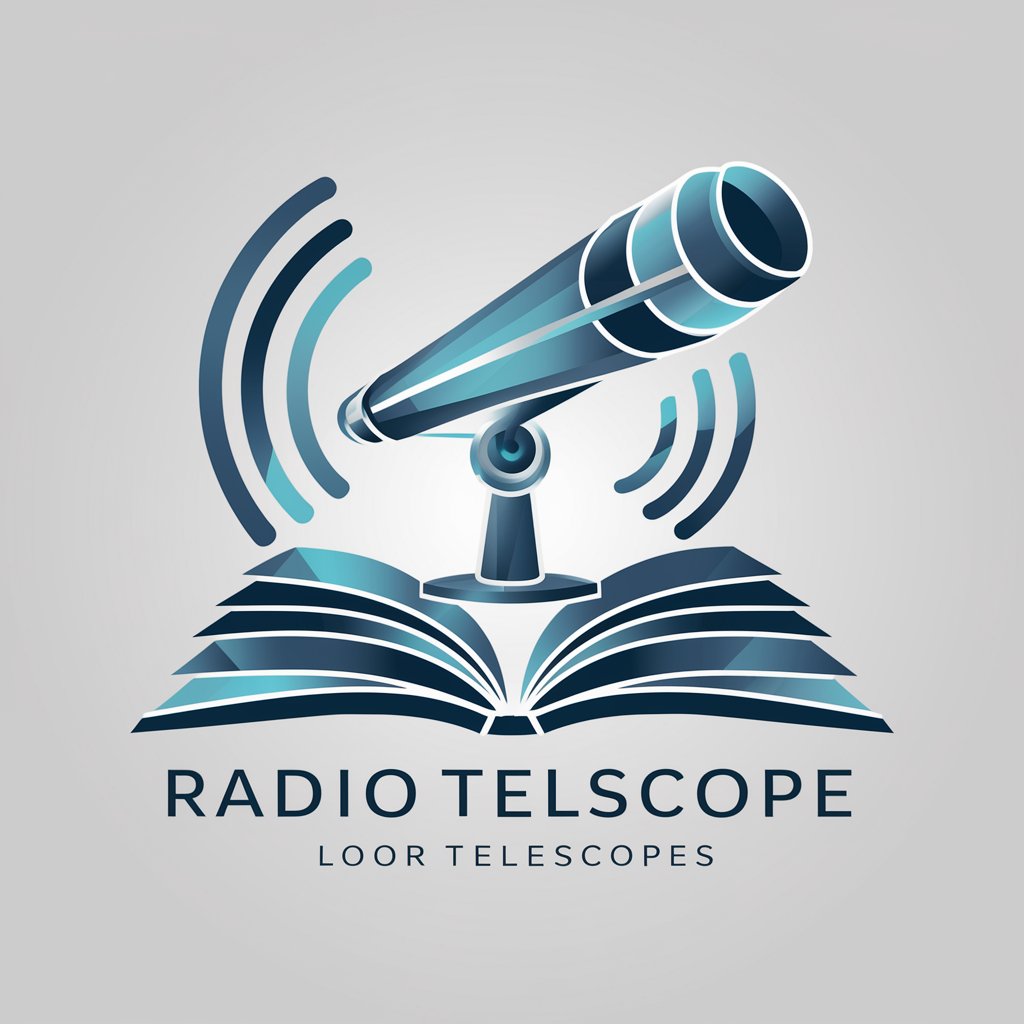
Data Interpretation from Telescopes Q&A
What kind of data can Data Interpretation from Telescopes analyze?
The tool can analyze various types of astronomical data, including spectral data, photometric light curves, high-resolution images, and more, helping to identify celestial objects, phenomena, and patterns.
Can it predict celestial events?
While the tool can analyze patterns and historical data to provide insights, it doesn't predict future celestial events but can help in forecasting probabilities based on past occurrences.
How accurate is the tool's data interpretation?
The accuracy largely depends on the quality and resolution of the input data. High-quality, detailed data allows for more precise interpretations.
Is this tool suitable for educational purposes?
Absolutely, it's designed to make complex astronomical data accessible and understandable, making it a valuable resource for educators and students alike.
How does the tool handle very large datasets?
The tool is equipped to handle large volumes of data efficiently. However, for optimal performance, it's recommended to segment extremely large datasets into manageable parts.
